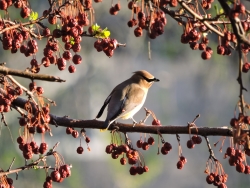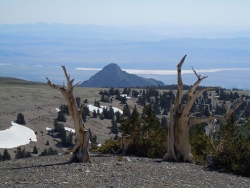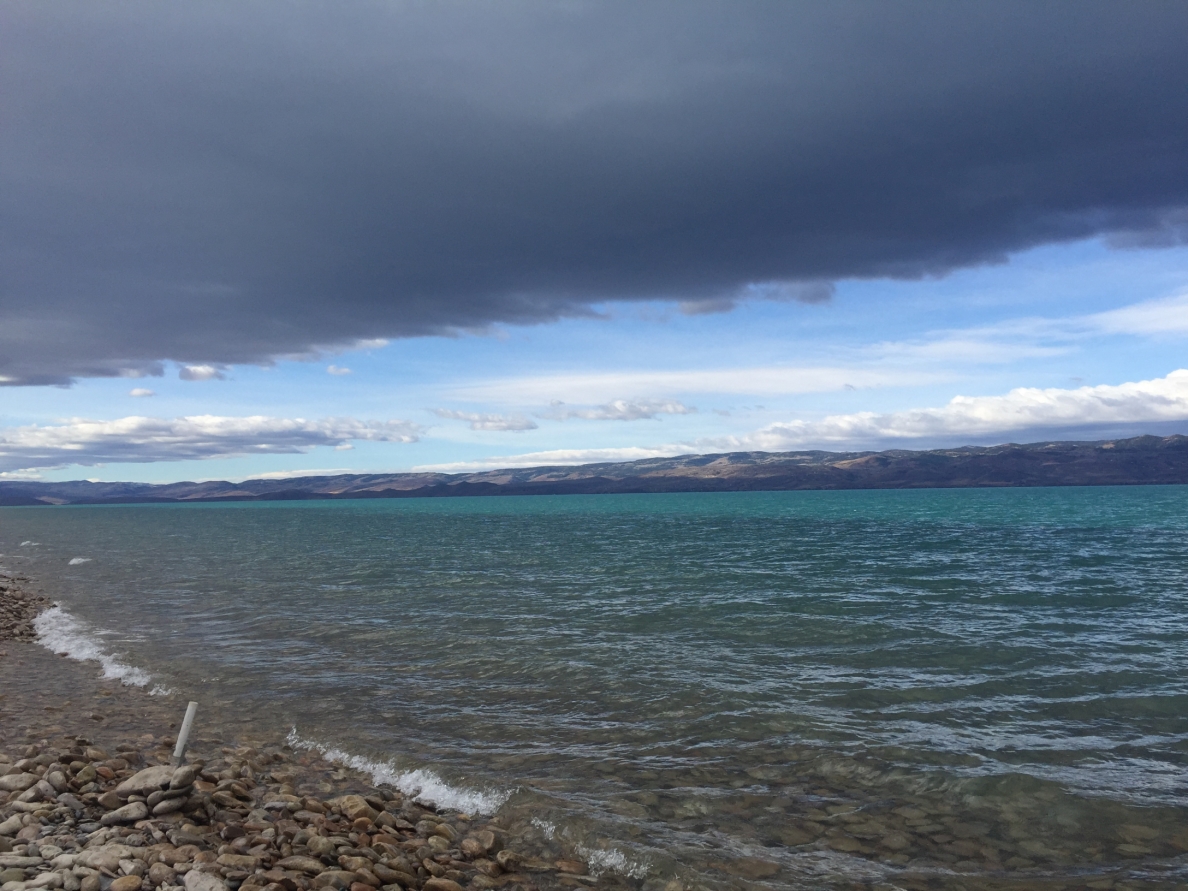
Courtesy Pixabay
Joerg Vieli, Photographer
This year’s fresh snow has taught me that two deer are regulars in my driveway, browsing on the wilting greenery which bends beneath the subtle weight of Utah snow, and stripping bark off of a scraggly bough, exposing the green and peach inner flesh. Their hooves leave an imprint which mirrors two thumbs pressed together. They have a story. Which neighbor’s yard did they come in from, and into whose they trekked back. That they walk side by side, the smaller towards the easiest escape down the driveway, just in case. That they don’t linger too long.
I have learned that a stray cat prowls the same tracks as the deer, perhaps looking for the voles who are yet to find purchase beneath the nivean earth. It descends from a cedar fence onto the ground, sticks to gliding silently by the unnatural straight angles of buildings and fences, until it finally makes a direct charge for a nearby hedge littered underneath with duff and good hunting. I wonder if it’s the one from the missing posters stapled to posts by all the town stop signs.
Small birds hop beneath one of my feeders even by night. Winter is not the time to play by strict diurnal rules. They tidy up after their dayshift ilk, stripping seed from sunflower husk, and banking ball bearing millet under the cover of darkness. Perhaps that cat watches. Perhaps the birds watch back.
The snow is the perfect communicator. It does have the pitfall of many, who talk a lot, say very little, and do even less. It instead has rare idle chatter, lets its messages be silently heard by those who know how to listen to the indentations upon the void, and itself creates a strange world which, for just a few months, finds magic in the authority of its mirk. The world of nivean wonders is that of a temporary rebirth, a do-over, where the millennia of soils are lost to the fickle weather of the night, where our snow forts are washed away by the rising tide of the Utah sun, and which strips leaves from trees, leaving them bare as if still blissfully in Eden. All is renewed by the ablution of the snow.
Its power comes from its ability to rejuvenate our dreams as well. In winter, my mornings start slower and evenings burn the dim orange oil of cozy comfort. I learn to be less restless, to relearn stationary arts, to affirm the joy of simple chores done quickly in the shattering cold.
This winter, remember, too, that the sun still shines in the snowfall. Remember that the world still rolls forward even as we sleep. Remember to continue to learn, even from those things which seem as ephemeral and fickle as the morning’s fresh snow. What will you find upon this seasonal canvas framed in time and stretched by silence?
I’m Patrick Kelly, and I’m Wild About Utah.
Credits:
Images: Image Courtesy Pixabay, Jörg Vieli(Sonyuser), Photographer
Audio: Contains audio Courtesy & Copyright J. Chase and K.W. Baldwin, Technical engineers, Utah Public Radio
Text: Patrick Kelly, Director of Education, Stokes Nature Center, https://logannature.org/
Included Links: Lyle Bingham, Webmaster, WildAboutUtah.org
Additional Reading
Greene, Jack, I Love Snow, Wild About Utah, November 16, 2020, https://wildaboututah.org/wildlife-winter-climate-change/
Greene, Jack, Wildlife In Winter & Climate Change, Wild About Utah, January 15, 2018, https://wildaboututah.org/wildlife-winter-climate-change/
Larese-Casanova, Mark, The Shape of Wildlife in Winter, Wild About Utah, January 26, 2012, https://wildaboututah.org/the-shape-of-wildlife-in-winter/




